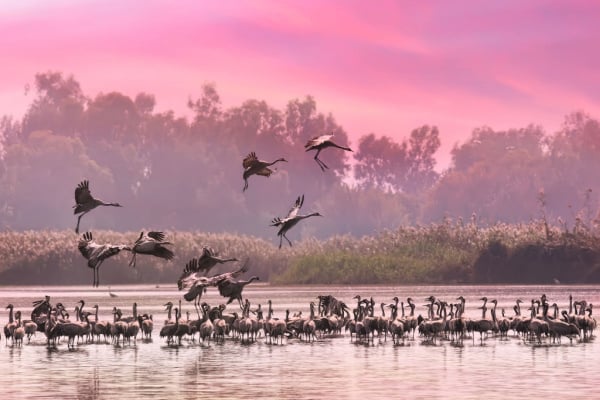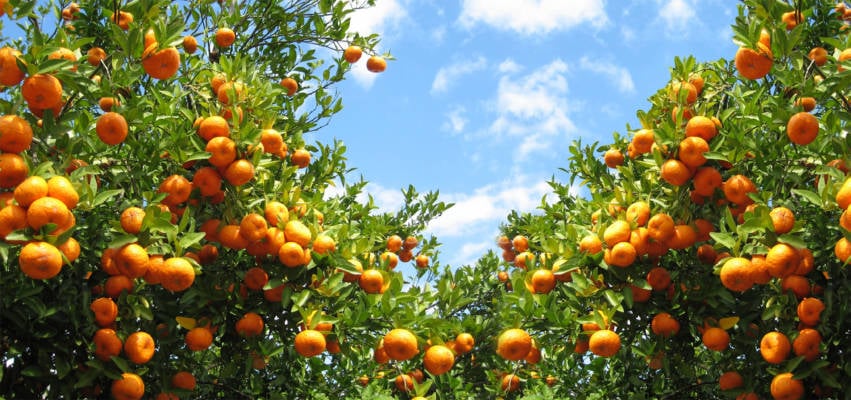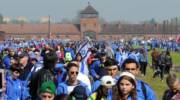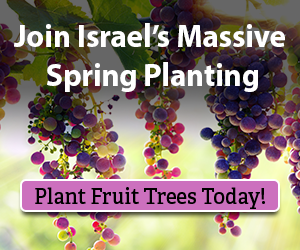
The location of a major Biblical battle, the Hula Valley is now known for amazing birdwatching.
By Nosson Shulman, Licensed Tour Guide
“And all these kings met together, they came and camped together at the waters of Merom, to fight with Israel (Joshua 11: 5)”
Today we are visiting the Hula Valley, a stunning Biblical site north of the Sea of Galilee where one of the most consequential and miraculous battles in history took place.
In addition to being the site of the State of Israel’s first major infrastructure project, the valley also happens to be one of the world’s premier birdwatching sites. Each year 500 million migrating birds fly through Israel en route to Africa from Europe in the autumn, and vice versa in the spring (more than any country in the world outside of Panama). Many of the birds also fly to Asia.
This makes sense when considering that Israel is the land bridge between Europe, Asia and Africa. Many birds are unable to fly over the open Mediterranean Sea, so going through Israel is their only option.
The Hula Lake (the Biblical Waters of Merom) sits in the Hula Valley (sandwiched between the Upper Galilee and the northern Golan Heights) north of the Sea of Galilee. The lake was almost completely drained in the 1950s, although in the 1990s a percentage of it was redrained (more on that shortly).
According to Jewish sources, the Hula Lake is one of the seven seas that encompass Israel. The Hula Valley itself sat on the junction of a major international trade route which went from Egypt to Damascus, and was home to the ultra-powerful Canaanite city of Hazor, a fascinating site in its own right.
It is also one of the world’s oldest recorded lakes (some even say the oldest). In the 14th century, Pharoah Amenhothep IV wrote about the lake in the famous Armarna letters.
Joshua Battles the Canaanites
This lake, however, is best known for the miraculous biblical battle that took place.
In the 13th century BCE, upon G-d’s command, Joshua would bring the Jewish people into Israel by crossing the Jordan River. The Canaanites were aware of G-d’s promise to His people (see Joshua 2: 9-13) but the city states in Northern Israel were not yet ready to submit. King Jabin of Hazor was placed in charge of mobilizing an army, composed of the citizens of the different Canaanite city states in Israel’s north.
He recruited a formidable force of warriors, horses, and chariots “as numerous as the sands of the seashore (Joshua 11:4)” and they gathered at the “Waters of Merom (Lake Hula) to wage war with Israel” (Joshua 11:5).
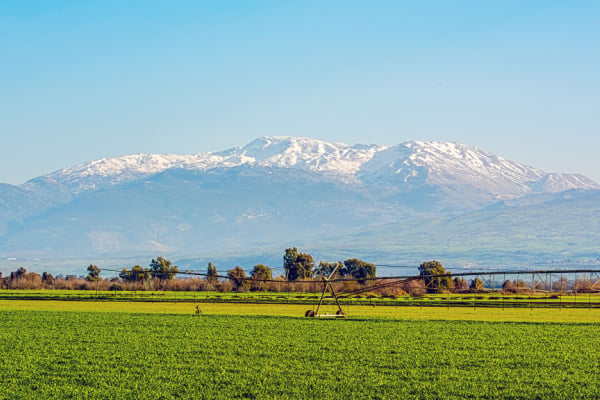
Once drained, agriculture in the valley flourished tremendously, becoming an important part of Israel’s breadbasket. Unfortunately, the draining did have some unintended consequences. (Shutterstock)
This military was so intimidating, that even though G-d had promised to deliver Israel into their hands, He felt it necessary to remind Joshua “Do not fear them” (Joshua 11:6).
G-d then told Joshua that the Canaanites had assembled by the lake, which led him to bring his troops “upon them by the waters of Merom suddenly and…. (fall) upon them” (Joshua 11:7). According to Jewish sources, G-d had told Joshua about this assemblage against them or else he wouldn’t have known about the surprise attack about to take place, which is what the Canaanites were hoping for. That is why they “suddenly” attacked the Canaanites.
The attack was so successful and complete, that not a remnant remained of the enemies (including the nearby powerful city of Hatzor which was burned to the ground on G-d’s command). With this total victory, Joshua was able to conquer almost all of Israel (although when he died, there remained a few Canaanite pockets that he was unable to get to).
Hula Valley in Modern Times
For the next several millennia, the Hula Valley continued to be inhabited by rural settlements where agriculture flourished. By the late 19th century, when the Jews started returning en masse to Israel, the land was filled leopards, bears, hyenas, jackals, gazelles, wolves, and other animals. It is estimated that 5,000 water buffalos lived by the lake. It is believed they were introduced to region in the 8th century for their milk, and to work as beasts of burden.
A rich eco-system existed here, with many species of animals and plants being endemic (found nowhere else in the world). Birds migrated in vast numbers every fall and spring, using the lush Hula valley as a resting station. In 1883 Jewish pioneers returned and bought land in the valley, to start an agricultural village called Yesod Hama’alah. Over the next several decades more land was bought and settled by Jews, and by 1948 there were 12 Jewish villages.
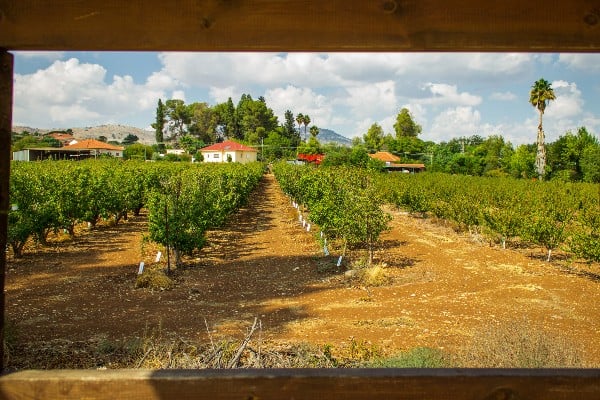
Today, Yesod Hama’alah is a flourishing agricultural community of around 1,800 residents. (Wikimedia Commons)
Unfortunately, the waters and swamps of Hula also brought mosquitos, which in turn brought malaria, bringing much death, and limited settlement growth in the area. It is estimated that by the late 1930s, 70% of local adults has been infected with the deadly disease and the majority of children did not survive to adulthood. By 1948 due to the use of DDT and other innovations, malaria had been largely eradicated in Israel.
When the state was formed, they decided to drain the swamps and lake in order to prevent the return of malaria, and to create badly needed farmland. The project also created work for unemployed Jewish refugees arriving from Europe and Arab countries.
When draining commenced in 1951, the project became the standard bearer of the entire Zionist movement, as it best symbolized the spirit of the Jewish people returning from exile to rebuild their homeland. Enthusiasm throughout the country was high and the draining sites became such a popular tourist attraction, that sightseeing was restricted so as not to impede on this heavy undertaking.
By the time draining was completed in 1958 (this was by far the largest and most expensive project in the Irael’s first decade) almost all of the water had been drained (although the government did keep a small section (800 acres) of the water area to preserve some of the endemic flora and fauna).

This Hula painted frog was spotted in 2011, 15 years after it was declared to be extinct. (Wikimedia Commons).
Agricultural flourished, providing a much-needed boost to the young Jewish state.
However, the draining, however, led to several problems. As expected, because of the change, almost all migrating birds stopped flying here. Additionally, although 800 acres had been preserved, it did not stop the rich flora and fauna from disappearing, with several endemic species eventually listed as being extinct.
Of course, Israel had to prioritize its growing population, but then unforeseen consequences occurred which affected the quality of the agriculture. The peat soil, accustomed to being underwater was now exposed and the soil became too dry, causing it to disintegrate. Without the natural vegetation, the wind blew away much of the topsoil onto crops, destroying them.
Furthermore, the peat of the dry swamp would often ignite, causing underground fires which were very difficult to extinguish. Much of the peat soil turned black and became infertile. It was also discovered that the swamps and lake had acted as a natural filtration system to the Sea of Galilee. Without this, the Galilee (Israel’s primary water source began to deteriorate.
In 1994, the Israeli government decided to redrain a portion of the waters of the Hula Valley, and the results have been successful. The migrating birds returned, creating a niche tourism market (beautiful bike paths and a kid friendly visitor’s center has also been added). Visitors can experience the picturesque beauty this site has to offer. To keep the soil moist, the fields have moving sprinklers on wheels. The water buffalo have also returned and can be seen by visitors.
There is even hope that some of the animals once thought to be extinct may make a return. In 1996, the Hula painted frog was declared extinct in the wild (the first amphibian in the world to ever receive that designation) but in 2011, scientists spotted a female frog (since then, another 10 have been discovered).
Whether one prefers biblical history, nature, biking, or child friendly activities, the Hula Nature Reserve has something for everyone and should definitely be included on your itinerary!
Nosson Shulman is a journalist and Licensed Tour Guide in Israel specializing in Biblical tours. To allow tourists to experience Israel during the Corona era, he created the new hit Israel tour video series, which brings Israel to the home of viewers by simulating actual tours. To check out his free sneak preview tour videos, click here. To view sample tour itineraries or to inquire about private tour opportunities with a personalized itinerary on your next trip to Israel, click here.
MAKE THE LAND OF ISRAEL EVEN MORE BEAUTIFUL!
PLANT YOUR VERY OWN FRUIT TREES IN ISRAEL!
Farmers near the Gaza border lost family, friends and workers. Spring is here, and they desperately need help to replant the farms. Join us in blessing the People and Land of Israel.
“I will ordain My blessing for you…” (Leviticus 25:4)
